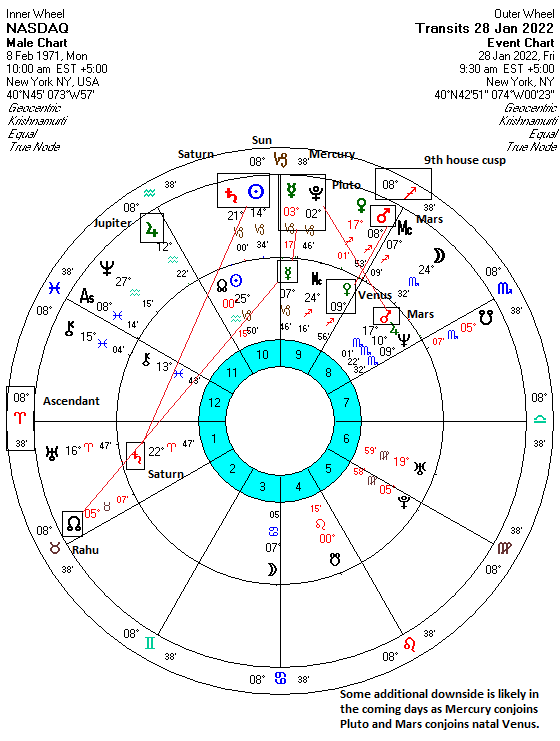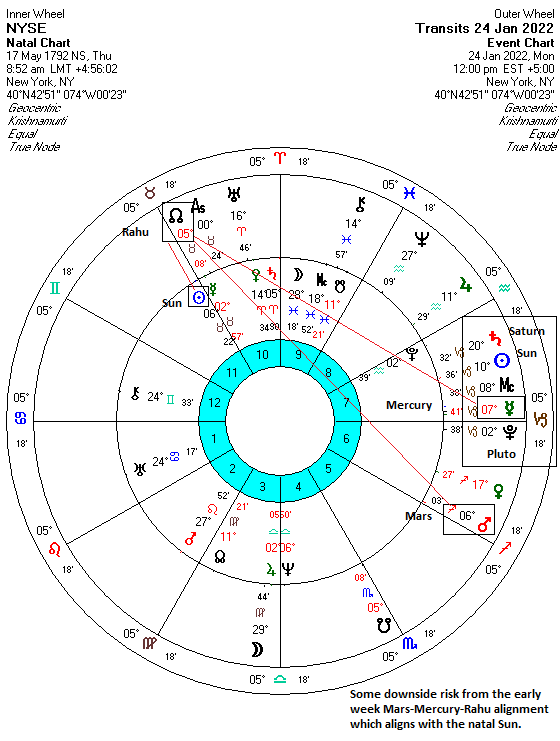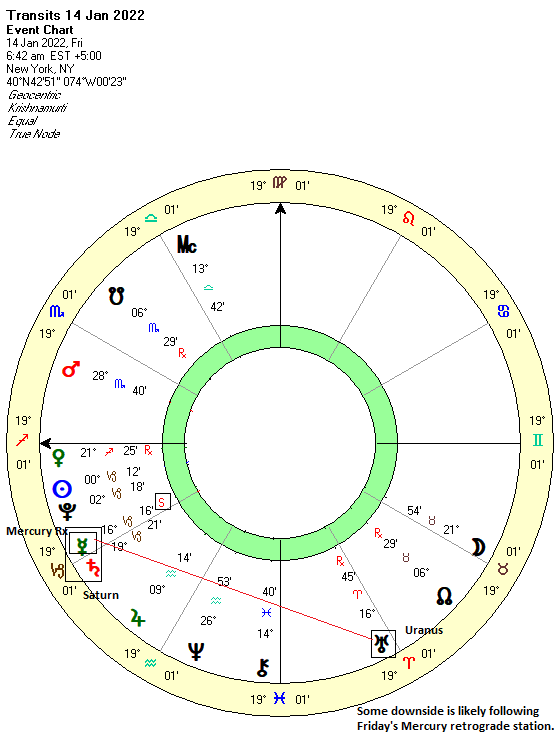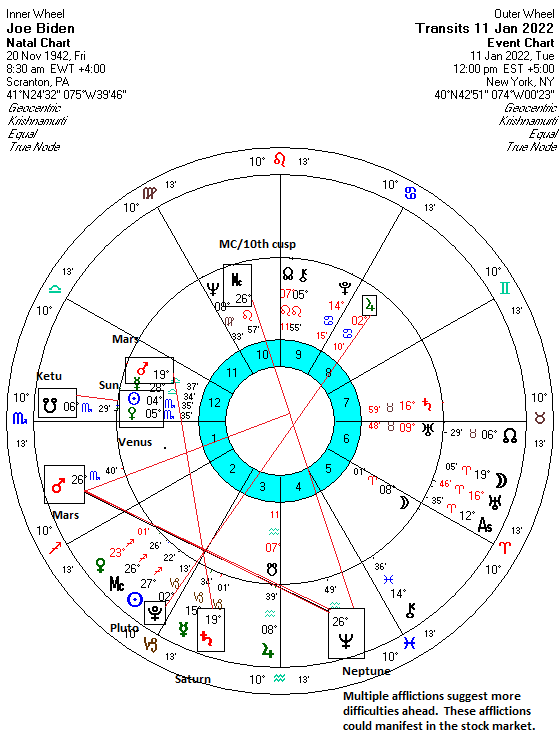 (26 January 2022)
Things are starting to get real. At today's FOMC meeting, Jerome
Powell removed all doubt about the prospects for monetary tightening as
the Fed Chair acknowledged that rate hikes would likely begin in
March, with balance sheet unwinding beginning soon afterwards in an
attempt to combat surging inflation. Markets sold off on the
realization that the Fed could no longer be relied upon to prop up
stock prices through its accommodative policies. With the Biden White
House intent on taming inflation before the November midterms, this may
not an ideal time for bulls to expect a bailout from the perennial
"Fed put".
(26 January 2022)
Things are starting to get real. At today's FOMC meeting, Jerome
Powell removed all doubt about the prospects for monetary tightening as
the Fed Chair acknowledged that rate hikes would likely begin in
March, with balance sheet unwinding beginning soon afterwards in an
attempt to combat surging inflation. Markets sold off on the
realization that the Fed could no longer be relied upon to prop up
stock prices through its accommodative policies. With the Biden White
House intent on taming inflation before the November midterms, this may
not an ideal time for bulls to expect a bailout from the perennial
"Fed put".
Stocks reversed lower today after rallying into the Fed statement
following Monday's shock low at 4222 on the S&P 500. Markets have
continued to sink lower over the past week as a number of planetary
afflictions have largely played out as expected. For example, the Sun
and Mercury remain trapped in a papa katari scissors yoga between
malefics Saturn and Pluto (since Jan 16) while Venus and Mercury have
been weakened by virtue of their rare simultaneous retrograde motion
since Jan 14.
We can also see how the current situation is unfolding in the NASDAQ
horoscope (Feb 8, 1971). There are several obvious difficult transits
at the moment. Transiting Saturn (20 Capricorn) is approaching its
conjunction with natal Sun (25 Capricorn), while falling under the
square aspect of natal Saturn (22 Aries). Transiting Sun (14 Capricorn)
is rapidly approaching a conjunction with Saturn which is exact next
week on Friday, February 4.
Transiting Rahu (5 Taurus) forms a close 120-degree aspect to natal
Mercury (7 Capricorn), just as transiting Mercury (3 Capricorn) is also
in close proximity. Today's dramatic reversal occurred just as
Mercury (5 Capricorn) was exactly in aspect with Rahu, the planet of
disruption.

In terms of bullish influences, we naturally look to Jupiter, now at 11 Aquarius. While it is well-placed in the 11th house of gains, it is past the house cusp (8 Aquarius) and should be seen as losing strength. It was arguably at its strongest while exactly conjunct the 11th house cusp back on January 11 when the S&P closed at 4713. Today it closed at 4349.
Looking ahead to Friday and beyond, we can see that Mercury is due to conjoin malefic Pluto (2 Capricorn). This is bearish in itself, but it is likely made more bearish because of an exact 45-degree alignment with natal Mars (17 Scorpio). This elevates the risk of further downside later this week. In addition, we can see that transiting Mars (9 Sagittarius) will be exactly conjunct natal Venus and therefore also exact the 9th house cusp (and in close alignment with the Ascendant). Mars-Venus conjunctions tend to be bearish, as are Mars cuspal alignments. The late week is therefore not looking good at all.
Next week could also see further volatility. On one hand, some lessening of the bearish sentiment is possible since Venus will end its retrograde cycle and station direct on Saturday, Jan 29. This could be a signal for eventual improvement. Also, Mercury will exit the harmful scissors yoga between Saturn and Pluto on Saturday as well. However, the Sun is due to conjoin Saturn throughout the week and could coincide with an additional bout of pessimism. As usual, there is a mix of influences that defy a simple assessment which force us to weigh probabilities. As Voltaire said, "doubt is not a pleasant condition, but certainty is an absurd one."
For more details,





